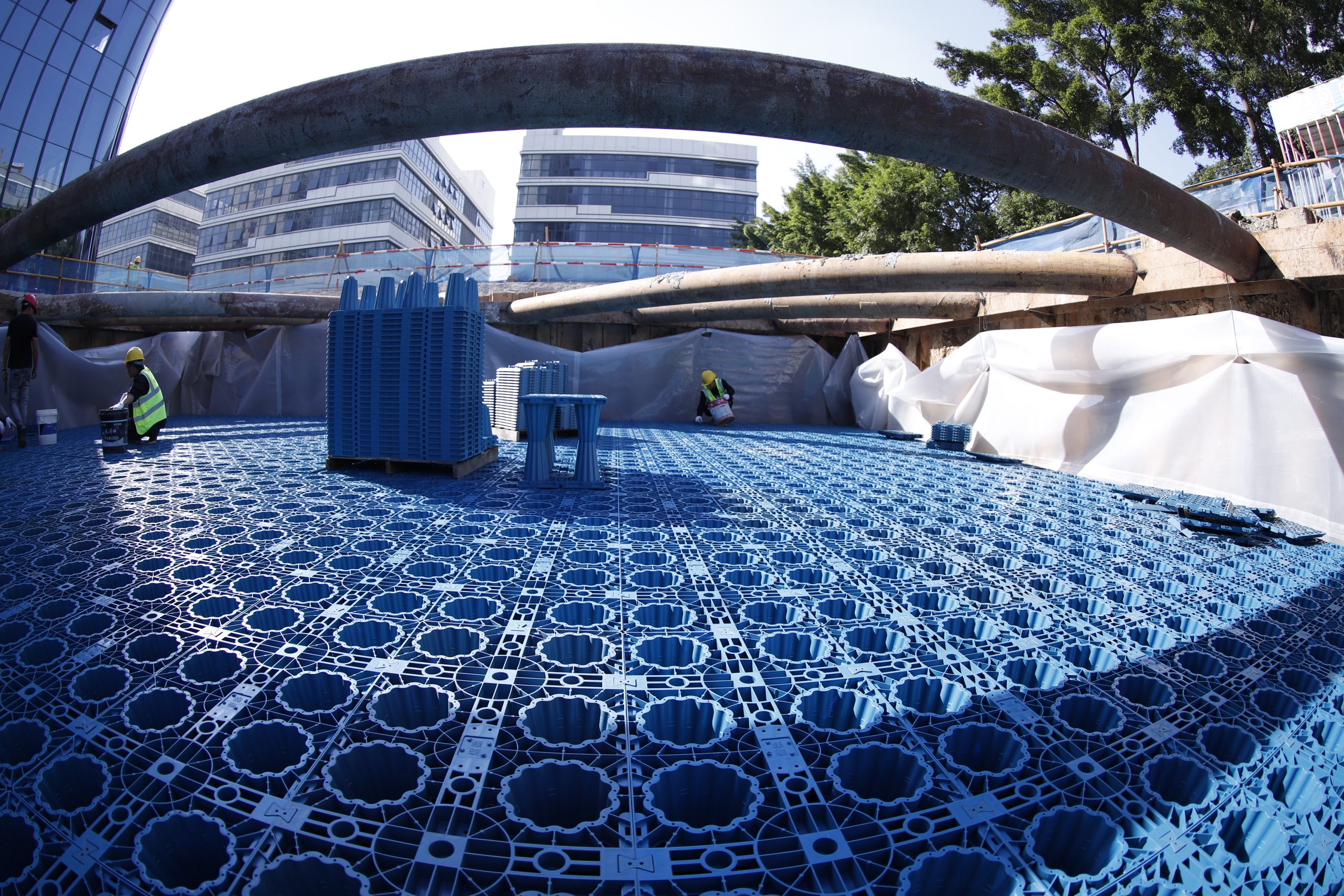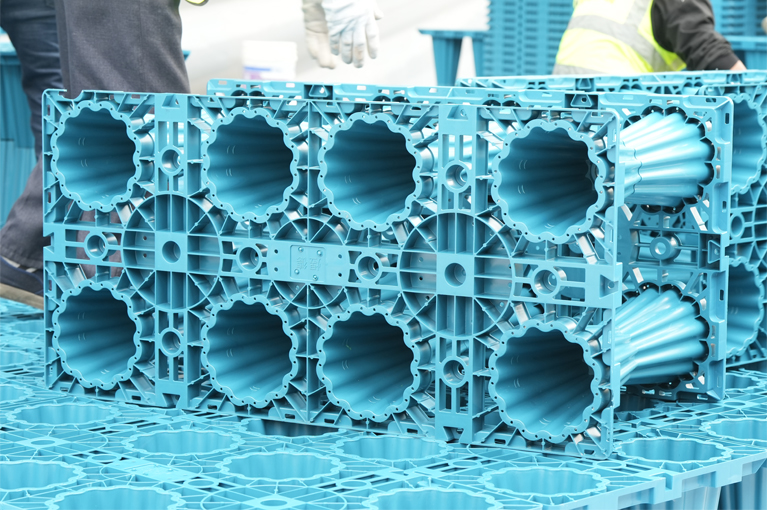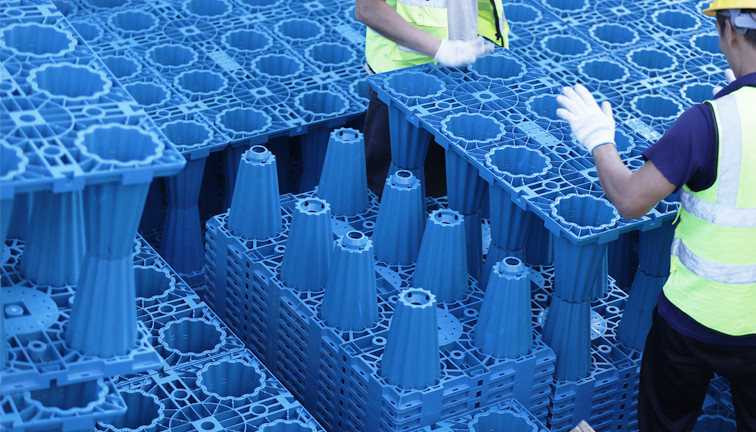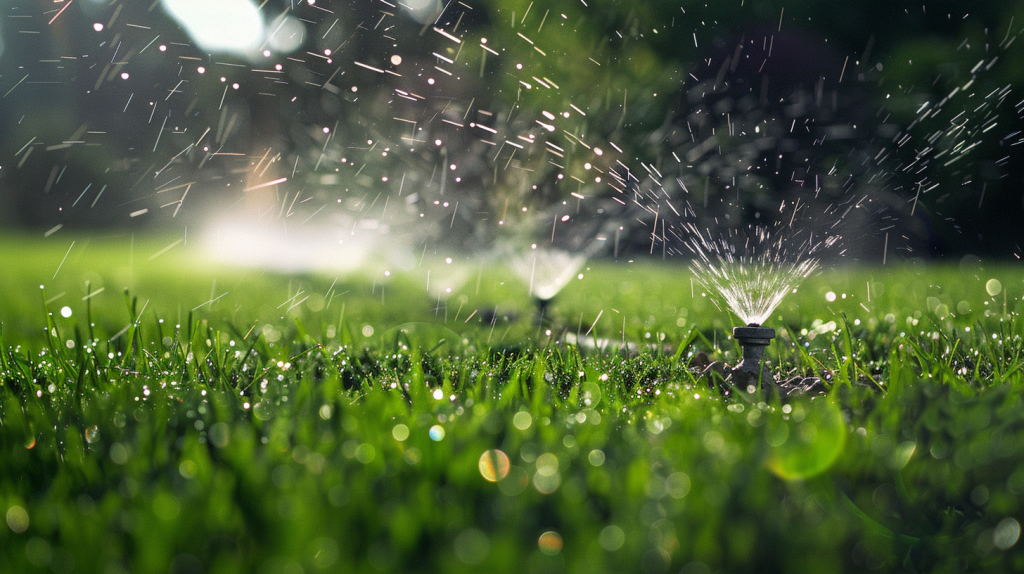Why needed Rainwater Collection Filter?
1. Definition of Rainwater Saving System
A rainwater saving system, also known as a rainwater harvesting system, is a sustainable infrastructure designed to capture, store, and utilize rainwater for various purposes. These systems consist of components such as catchment surfaces (e.g., rooftops), conveyance systems (gutters and downspouts), storage tanks, and distribution systems. They are essential in reducing the demand on conventional water supplies, lowering water bills, and contributing to environmental conservation by mitigating stormwater runoff and reducing the risk of flooding.
2. Do Rainwater Attenuation Tanks Need Filters?
Rainwater attenuation tanks, primarily used for managing stormwater, can benefit from filters to prevent debris and pollutants from entering the system. While filters are not always required, they help maintain the efficiency and longevity of the tanks by reducing the accumulation of contaminants that could clog the system or reduce its storage capacity. Installing filters can also minimize maintenance needs and protect downstream systems from damage.
3. Importance of Filters for Rainwater Collection
Filters are crucial in rainwater collection systems as they ensure the water is clean and free of contaminants. Proper filtration helps in preventing the entry of debris, organic matter, and harmful pathogens into storage tanks, thereby safeguarding the water quality for various uses. Filters not only enhance the system’s efficiency but also extend the lifespan of both the storage and distribution systems by reducing the potential for blockages and damage.
4. What Kind of Filter for Rainwater Collection Is Needed to Convert Rainwater into Domestic Water?
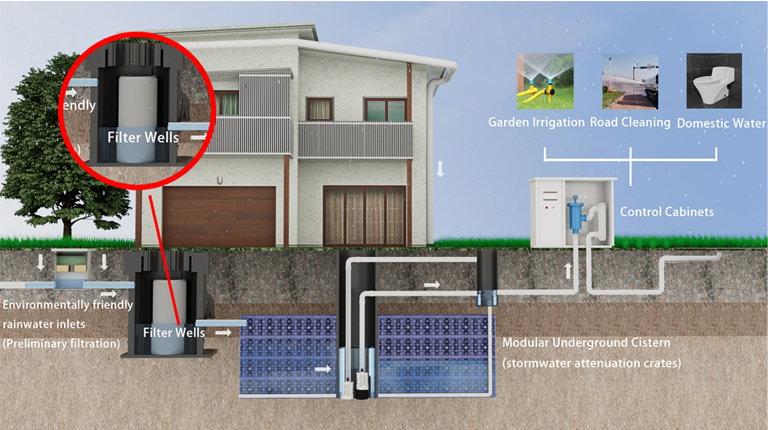
Components of a Domestic Water Rainwater Filtration System:
To convert rainwater into domestic water suitable for household use (excluding drinking), a multi-stage filtration system is typically required. The components of such a system include:
Pre-Filter: This is the first line of defense, typically installed before the water enters the storage tank. It removes large debris such as leaves, twigs, and other organic materials.
Sediment Filter: After the pre-filter, a sediment filter is used to remove finer particles, such as sand, dirt, and other small particulates, ensuring cleaner water enters the next filtration stages.
Activated Carbon Filter: This filter plays a crucial role in removing chlorine, volatile organic compounds (VOCs), and odors, improving the taste and smell of the water. It also reduces the presence of harmful chemicals.
UV Sterilization or Ceramic Filtration (optional): For additional safety, a UV sterilizer or ceramic filter may be added to eliminate bacteria and viruses, ensuring the water is safe for non-potable domestic uses like laundry, cleaning, and irrigation.
Key Differences from Drinking Water Filtration Systems:
- Filtration Level: Domestic water filtration systems generally focus on removing particulates, organic compounds, and chemicals but do not target microorganisms at the same level as drinking water systems.
- Purification Intensity: Drinking water systems require more intensive purification methods, including advanced techniques like reverse osmosis and UV sterilization.
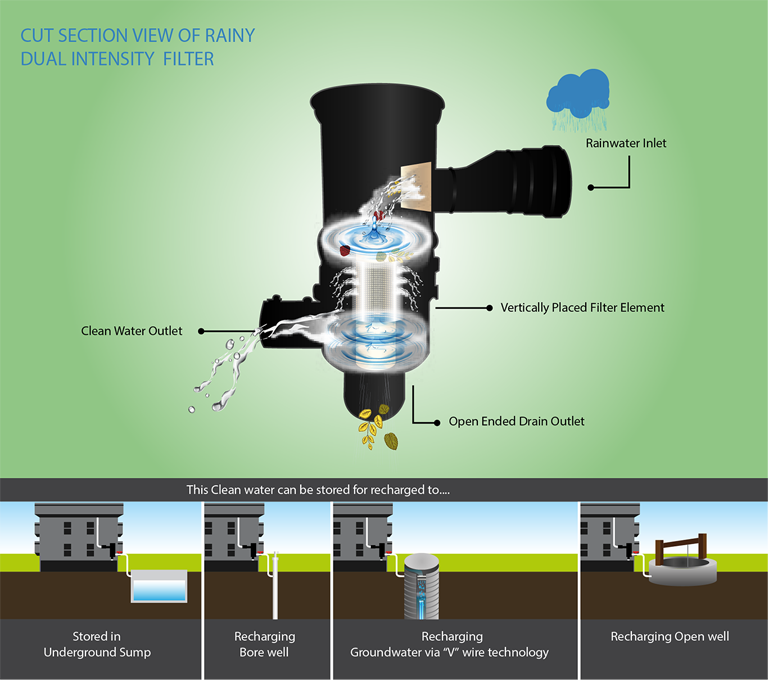
5. What Filter for Rainwater Collection Is Needed to Convert Rainwater into Drinking Water?
Components of a Drinking Water Rainwater Filtration System:
To safely convert rainwater into drinking water, a more comprehensive filtration and purification system is necessary. The typical components include:
Pre-Filter: Similar to domestic water systems, a pre-filter removes larger debris to protect the following filtration stages.
Fine Sediment Filter: This filter removes smaller particulates that could affect water clarity and taste.
Activated Carbon Filter: Used to remove organic compounds, chlorine, and other chemicals that could affect the water’s taste and odor.
Reverse Osmosis (RO) System: The core component of a drinking water system, RO removes dissolved salts, heavy metals, and other contaminants, providing a high level of water purity.
UV Sterilization: This stage ensures that any remaining microorganisms, including bacteria, viruses, and parasites, are neutralized, making the water safe for consumption.
Post-Filter or Mineralization Filter (optional): A post-filter can be added to reintroduce essential minerals to the water, which may be stripped out during the RO process, ensuring the water is not only safe but also healthy to drink.
6. Precautions for Drinking Rainwater
When converting rainwater into drinking water, it is essential to consider several precautions to ensure safety:
- Clean Catchment Area: Ensure that the roof or other catchment surfaces are clean and free from contaminants, such as bird droppings, to prevent pollutants from entering the system.
- Regular Maintenance: Consistent maintenance of the filtration system is crucial. This includes regularly checking and replacing filters, cleaning tanks, and ensuring that the UV sterilizer and RO system are functioning properly.
- Water Quality Testing: Periodic testing of the water quality is necessary to ensure that the filtration system is effectively removing contaminants and that the water meets health and safety standards.
- Avoid Polluted Areas: In areas with high levels of air pollution or industrial activity, additional pre-filtration or treatment steps may be required to address contaminants like heavy metals or chemicals that could be present in the rainwater.
7. Cost of Filters for Rainwater Collection
The cost of rainwater collection filters varies based on the type and complexity of the filtration system:
- Pre-Filters: These are generally the least expensive, ranging from $20 to $100, depending on their size and capacity.
- Sediment Filters: Costs range from $30 to $150, depending on the filter’s micron rating and quality.
- Activated Carbon Filters: These filters can range from $50 to $200, with higher-end models offering greater capacity and better filtration performance.
- Reverse Osmosis Systems: A key component in drinking water systems, RO units typically range from $200 to $1,500 or more, depending on the system’s size and features.
- UV Sterilization Systems: Costs for UV systems can range from $100 to $500, with more advanced units offering higher flow rates and longer-lasting UV lamps.
- Maintenance Costs: In addition to the initial purchase, ongoing costs include filter replacements, system cleaning, and occasional testing, which should be factored into the overall budget. Maintenance costs can range from $50 to $300 annually, depending on the system’s complexity and usage.
8. Rainwater Use and Drinking FAQ
Q: Is rainwater safe to drink directly?
A: No, rainwater should not be consumed directly without proper filtration and purification. While rainwater is relatively clean when it falls, it can pick up pollutants from the air and contaminants from collection surfaces. To make it safe for drinking, it must go through a comprehensive filtration system, including reverse osmosis and UV sterilization.
Q: Can I use rainwater for my entire household’s water needs?
A: Yes, with a well-designed rainwater harvesting system, including proper filtration, you can use rainwater for most household needs, including laundry, cleaning, toilet flushing, and even drinking, provided it has been adequately purified.
Q: How often should I maintain my rainwater filtration system?
A: Regular maintenance is key to ensuring the longevity and effectiveness of your rainwater system. Pre-filters should be checked and cleaned monthly, sediment and carbon filters should be replaced every 3-12 months, depending on usage, and UV lamps should be replaced annually.
Q: What are the benefits of using rainwater over municipal water?
A: Rainwater is naturally soft and free from many chemicals found in municipal water, such as chlorine and fluoride. Using rainwater can reduce your water bills, lessen the strain on local water supplies, and contribute to more sustainable water management practices.
Q: How much does a complete rainwater filtration system cost?
A: The cost can vary widely depending on the size and complexity of the system. Basic systems for non-potable use may cost a few hundred dollars, while advanced systems for drinking water can range from $2,000 to $5,000 or more.
9. Call to Action
Yude Rain Eco dedicated to helping you harness the power of rainwater with the most advanced and reliable systems on the market. Whether you are looking to reduce your environmental footprint, save on water bills, or ensure a safe supply of drinking water, our experts are here to assist you every step of the way.
Get in touch with us today to explore our range of rainwater harvesting solutions and start making a positive impact on the environment while enjoying the benefits of pure, clean water right at home.
Contact Yude Rain Eco for more information and a free consultation.


